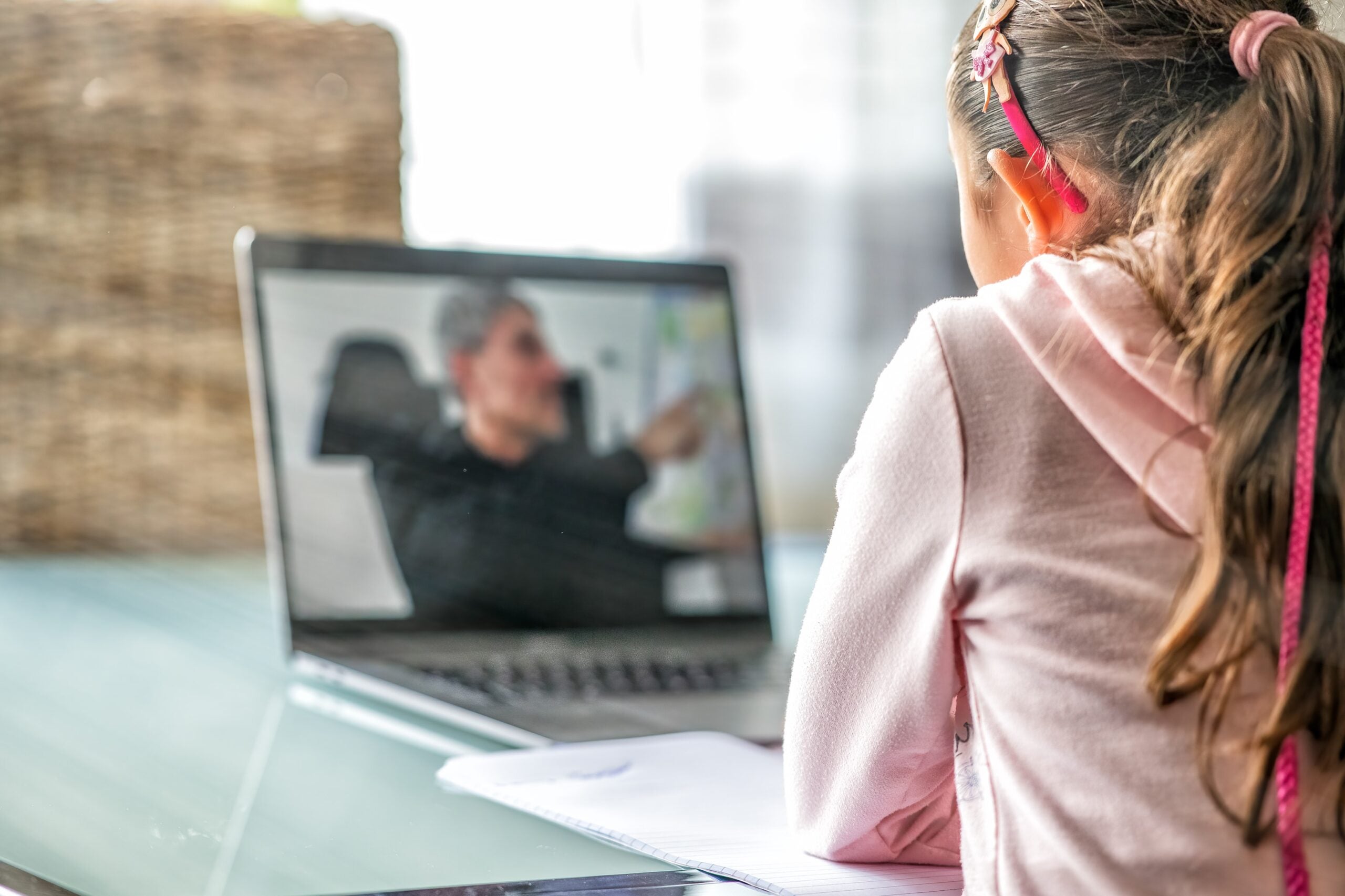Study by Psychology Professors Johnson and Phillips Shows Successes, Struggles of Students During Distance Learning
Professors in the Department of Psychology Anna Johnson, Ph.D., and Deborah Phillips, Ph.D., partnered with researchers at the University of Oklahoma on the Tulsa SEED Study, which follows a diverse group of children to understand the effects of attending Tulsa pre-K on their learning and development. The study surveyed a group of parents of first-graders both in the summer of 2020 and again in the summer of 2021 about their experiences of the pandemic during the 2019-2020 and 2020–2021 school years.
“Children are starting their in-person school year having experienced numerous challenges to both their learning and wellbeing during the last year and a half of the COVID-19 pandemic, including financial instability, disruptions to routines and services, anxiety and limited social connections,” says Johnson. “This brief provides a glimpse into the challenges and successes of the parents and children in our sample, one year into pandemic distance learning.”
Adapting to Online Education
The SEED Study is a longitudinal study following a diverse sample of children from low-income families from age 3 through fourth grade in an effort to understand the effects of attending pre-k programs on children’s learning and development.
This subsection of the study was started in 2020 when the students whose parents were surveyed were in the first grade. The results of the second part of this survey were compiled earlier this year when the students were in the second grade.
Johnson, Phillips and their collaborators found that on average, children spent more time on distance learning activities and communicated with their teachers more often in 2021 than in 2020. For instance, during the first months of distance learning in 2020, 34% of students spent one to two hours on virtual learning while 42% spent one hour or less.
However, this past year, the same group of parents reported that 34% of students spent two to four hours in virtual learning while 27% spent four to six hours a day. Only 14% of students spent one hour or less each day.
Student communication with their teachers also increased, with 63% of children communicating with their teachers four times a week or more compared to the previous year when 51% communicated with their teachers once a week or less.
“This suggests that initial barriers to engagement and distance learning subsided for many as families and teachers adapted to this ‘new normal,’” Phillips explains.
As these students enter the third grade, three in four parents of Tulsa Public Schools students feel their child began the school year prepared, though some children will still be entering the school year having experienced little engagement in distance learning.
The Dilemmas of Digital Learning
Despite these positive indicators of adapted learning, parents also reported several challenges to their child’s well-being during the start of the COVID-19 pandemic that included financial instability, disruptions to routines and services, increased anxiety and limited social connections.
Approximately only 25% of parents agreed or strongly agreed that there was enough money in the household to cover medical care, utilities and housing. Nearly half of the children had difficulty accessing required specialized care and a third of parents reported delaying their child’s medical care during the pandemic.
Roughly 75% of parents said their child was less socially connected during school closures and 18% of children experience high levels of anxiety.
For teachers, acknowledging the continued challenges students face, as well as their resilience developed over the past year, is important for understanding how to best support students’ learning and well-being as they return to classrooms this fall.
